Feeling very privileged to have spent 7 of my first 25 years in Costa Rica, in Playa Hermosa living and working on the ocean offering snorkeling, sunset, and adventure tours on my catamaran "Spanish Dancer." Never in my wildest dreams did I anticipate experiencing the ocean's wonders above and below daily sailing out of the pristine beach of Playa Hermosa. Sailing quietly 20 feet from a humpback whale positioning her calf on her outside as we looked at each other in awe as we quietly sailed together for 10 minutes. As soon as boats with motors came by, they would dive and reappear in the distance.
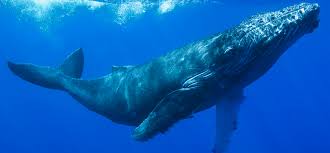
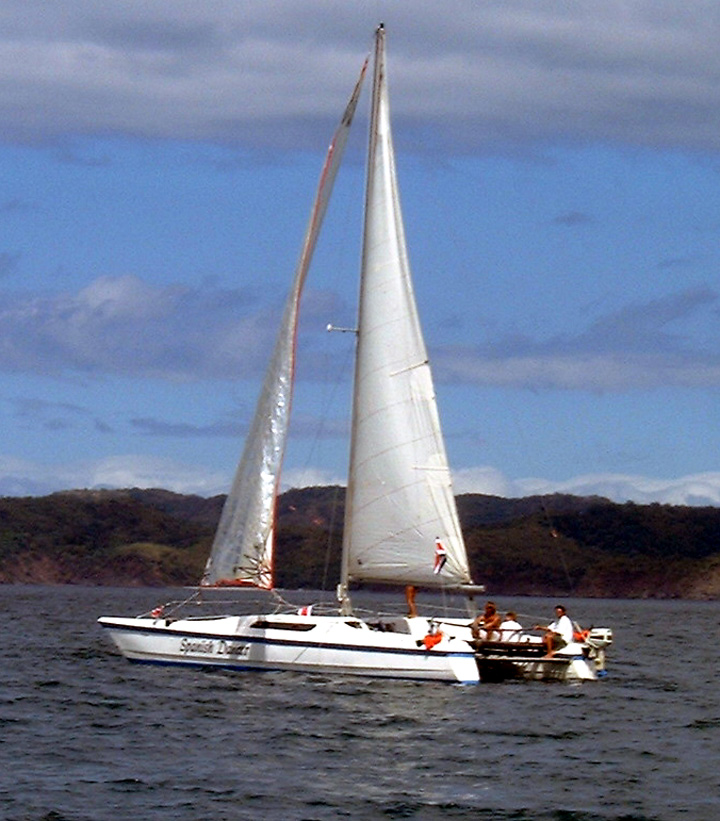
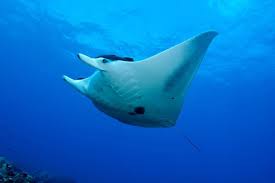
Or dolphins playfully coming up as I sat between the two pontoons of the boat touching my feet and toes as we sailed to a secluded beach. A 20 ft wide Manta Ray below our pontoons sailing on a sunset tour, simply amazing. Blue whales, Pilot whales, whale sharks, and dolphins were daily encounters.
In the Papagayo area of Guanacaste, Costa Rica, you can experience a diverse range of sea creatures due to its location along the Pacific coast and the rich marine ecosystem.
Some of the sea creatures you may encounter include:
Marine Turtles: Olive Ridley, Green, Hawksbill, and Leatherback turtles nest along the beaches of Guanacaste.
Sea turtles are indeed a highlight of Costa Rica's natural wonders, and witnessing them during their nesting season can be an unforgettable experience. Here's a summary of the sea turtle nesting seasons and locations in Costa Rica:
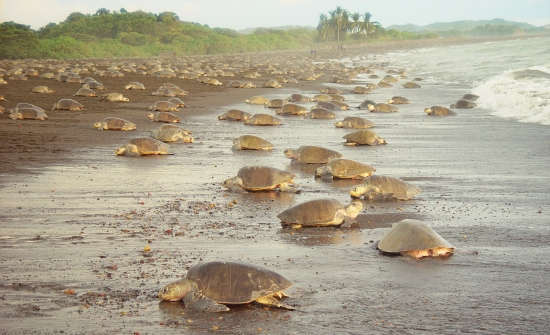
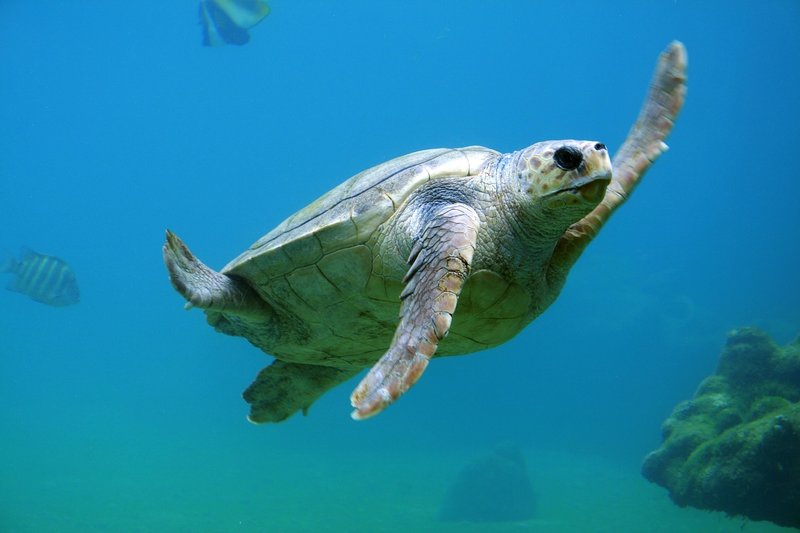
Tortuguero National Park, Northern Caribbean Coast:
Green turtles: July - mid-October (peak: August - September)
Leatherback turtles: February - June (peak: March - April)
Ostional Wildlife Refuge, Nicoya Peninsula:
Olive ridley turtles (arribada): September - October; fewer numbers occur January - June
Las Baulas National Marine Park, Guanacaste:
Leatherback turtles: October - mid-February
Santa Rosa National Park, Guanacaste:
Olive ridley turtles (arribada): September - October; fewer numbers occur January - June
Hermosa Beach, Central Pacific:
Olive ridley turtles: July - December
Gandoca-Manzanillo Wildlife Refuge, Southern Caribbean Coast:
Various species nesting: March - July
Osa Peninsula:
Leatherback turtles: March - September
Hawksbill turtles: July - October
Green turtles: July - October
Olive ridley turtles: June - December
Each of these locations offers unique opportunities to witness these majestic creatures during their nesting season. It's important to visit these sites with a guided tour to ensure minimal disturbance to the turtles and their nesting habitats.
Whales and Dolphins: Humpback whales can be seen offshore during their migration season (July to October and December to April). Several dolphin species also inhabit these waters.
Off the Pacific coast of Costa Rica, you can encounter several whale and dolphin species, especially during their migration seasons. Some of the whales and dolphins you might see include:
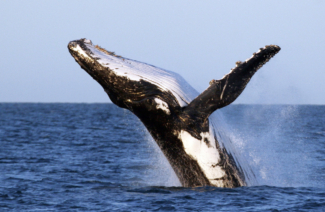
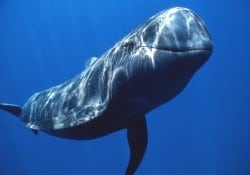

Humpback Whales: These majestic whales migrate from the colder waters of the north (Alaska and Canada) to the warmer waters of the Pacific coast of Costa Rica to breed and give birth. The best time to see them is from July to October and December to April.
Orcas (Killer Whales): While less common, orcas can sometimes be spotted off the Pacific coast of Costa Rica.
Pilot Whales: These whales are occasionally seen in the waters off the Pacific coast.
Bottlenose Dolphins: These dolphins are commonly seen in the coastal waters of Costa Rica and are known for their playful behavior.
Spinner Dolphins: These dolphins are named for their acrobatic spinning leaps out of the water and can be seen in the Pacific waters of Costa Rica.
Spotted Dolphins: Another common dolphin species in the area, spotted dolphins can be seen swimming in pods along the coast.
Risso's Dolphins: These dolphins are known for their distinctive scarred appearance and can be found in deeper waters off the Pacific coast.
False Killer Whales: Despite their name, these dolphins are not actually whales but are large members of the dolphin family. They are occasionally seen off the Pacific coast of Costa Rica.
When planning a whale and dolphin watching excursion, it's a good idea to check with local tour operators for the best times and locations to increase your chances of sightings.
Manta Rays and Eagle Rays: These graceful creatures are often spotted near reefs and rocky outcroppings.
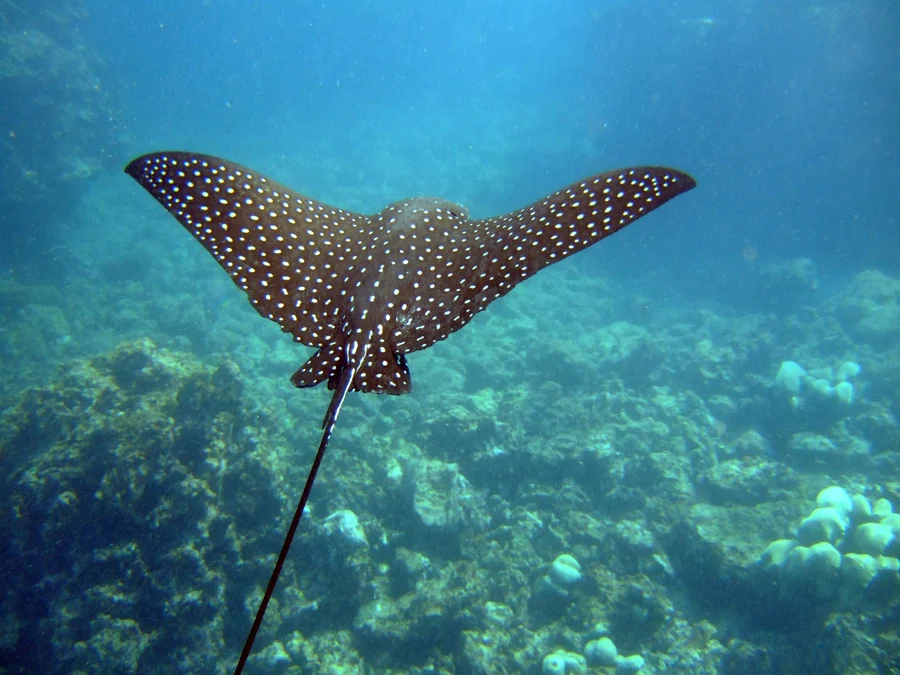
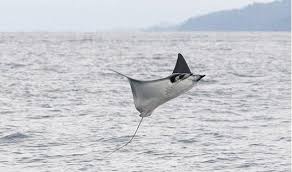

In the Pacific Ocean off the coast of Costa Rica, you can encounter several species of rays, including Manta Rays and Eagle Rays, among others:
Manta Rays: These are among the most impressive rays you might see. They are known for their large size and graceful movements, often seen gliding through the water with their distinctive wing-like pectoral fins.
Eagle Rays: These rays are named for their shape, which resembles the wings of an eagle. They are known for their long tails and can be seen swimming near the surface of the water.
Spotted Eagle Rays: Similar in appearance to the eagle rays, spotted eagle rays have distinctive white spots on their dark bodies. They are often seen in tropical and subtropical waters.
Stingrays: Several species of stingrays inhabit the waters off the Pacific coast of Costa Rica. These rays are characterized by their flattened bodies and long, whip-like tails with venomous spines.
Mobula Rays: Also known as devil rays, mobula rays are smaller than manta rays but can form large aggregations or "schools" in the open ocean. They are known for their acrobatic leaps out of the water.
Electric Rays: These rays are named for their ability to produce an electric shock, which they use for self-defense and hunting. They are typically found in deeper waters.
Encountering rays in the wild can be a memorable experience, but it's important to admire them from a respectful distance to avoid disturbing them or getting injured by their venomous spines.
Sharks: While encounters are rare, various shark species, including whale sharks, can be found in the waters of Guanacaste.
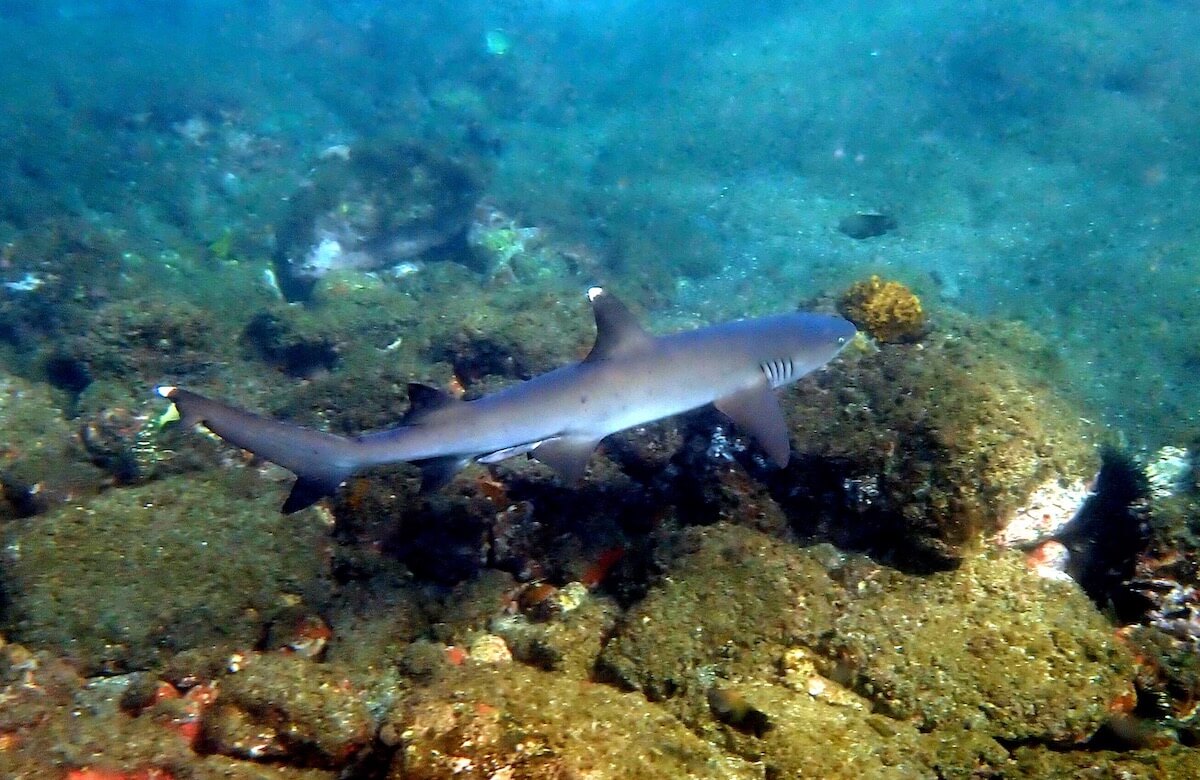
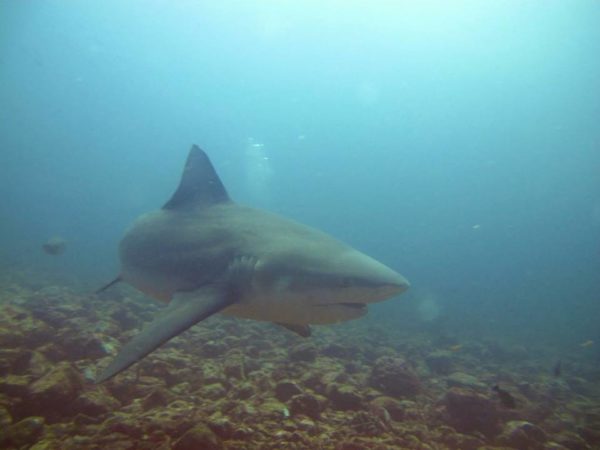

In the Pacific Ocean off the coast of Guanacaste, Costa Rica, you can encounter several species of sharks, although sightings are relatively rare and most encounters are non-threatening. Some of the shark species you might see include:
Hammerhead Sharks: Scalloped hammerhead sharks are known to inhabit the waters of the Pacific coast of Costa Rica. They are known for their distinctive hammer-shaped heads and are often seen in schools.
Whale Sharks: Whale sharks, the largest fish species in the world, are occasionally spotted in the Pacific waters off Costa Rica. These gentle giants are filter feeders and pose no threat to humans.
Galapagos Sharks: These sharks are commonly found in the waters around the Galapagos Islands and can also be found in the Pacific waters off Costa Rica. They are typically not aggressive toward humans.
Blacktip and White Tipped Reef Sharks: While more common in tropical reef environments, blacktip reef sharks can sometimes be found in the waters off the Pacific coast of Costa Rica. They are usually not aggressive unless provoked.
Silky Sharks: Silky sharks are known for their smooth skin and can be found in tropical and warm temperate waters, including the Pacific waters off Costa Rica.
Tiger & Bull Sharks: While less common, tiger sharks can occasionally be found in the Pacific waters off Costa Rica. They are known for their distinctive stripes and are considered potentially dangerous to humans.
It's important to note that shark encounters are generally rare, and most sharks are not aggressive toward humans. If you do encounter a shark while swimming or diving, it's important to remain calm and avoid sudden movements.
Tropical Fish: The coral reefs and rocky formations are home to a wide variety of colorful fish species, such as angelfish, parrotfish, and surgeonfish.
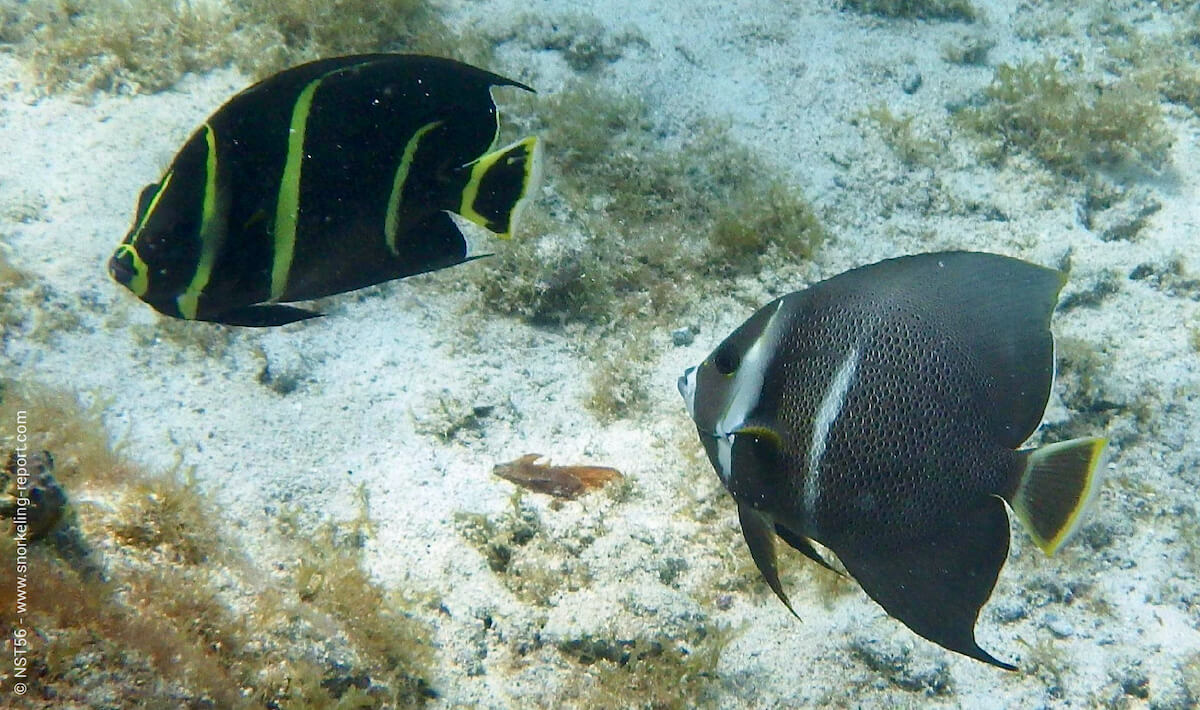
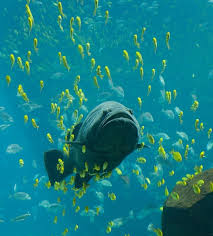

In the Pacific Ocean off the coast of Guanacaste, Costa Rica, you can encounter a variety of eels, octopuses, and tropical fish. Some of the species you might see include:
Moray Eels: These eels are commonly found in tropical waters and are known for their elongated bodies and sharp teeth. They are often seen hiding in crevices or holes in the reef.

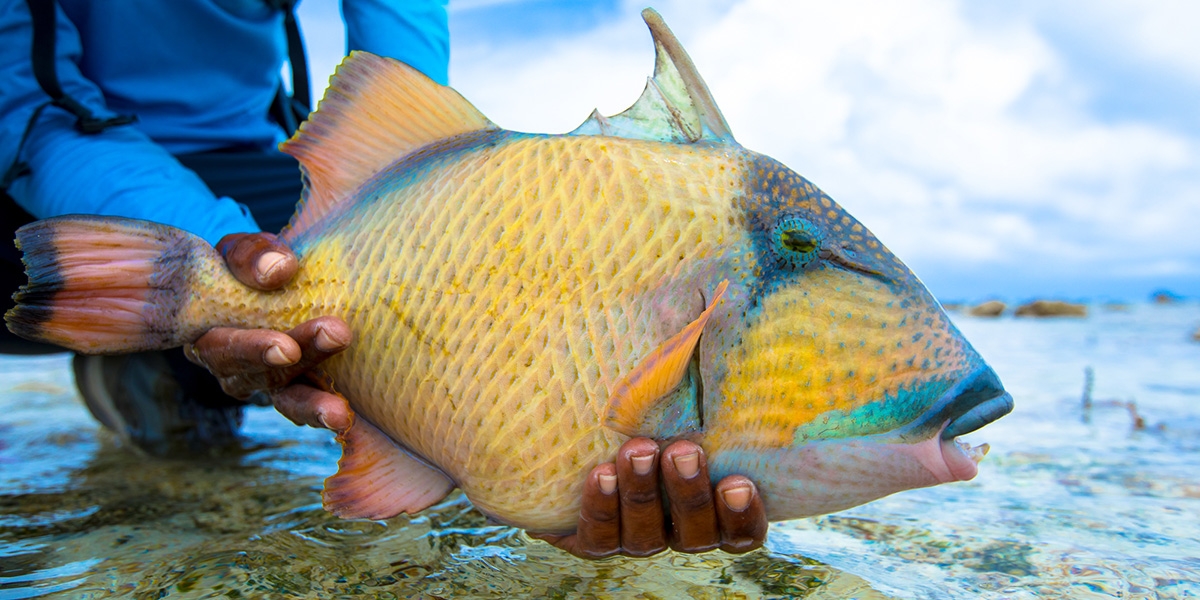
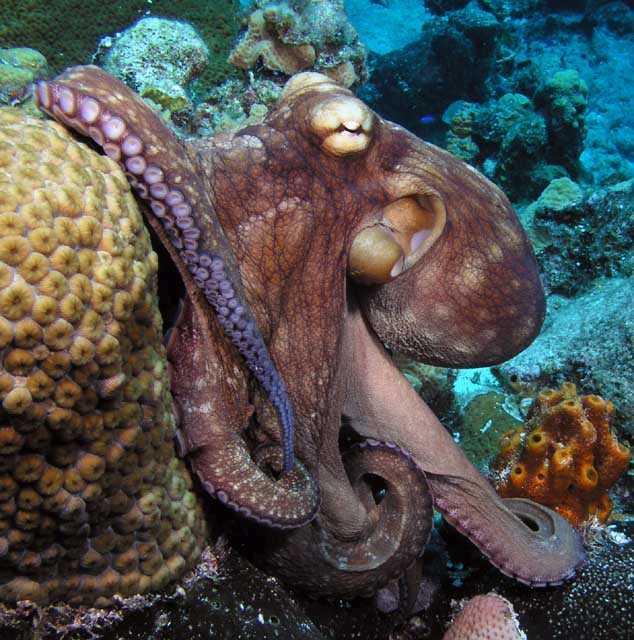
Garden Eels: These eels are named for their habit of burrowing into sandy or muddy bottoms, where they live in colonies. They are characterized by their long, thin bodies and can often be seen swaying in the currents.
Octopuses: Several species of octopus inhabit the waters off the coast of Guanacaste. These intelligent creatures are known for their ability to change color and texture to camouflage themselves.
Lionfish: While not native to the Pacific waters of Costa Rica, lionfish have become an invasive species in the region. They are known for their striking appearance but are also venomous and should be approached with caution.
Angelfish: These colorful fish are commonly found in tropical waters and are known for their bright colors and distinctive shapes.
Parrotfish: These fish are named for their parrot-like beaks, which they use to scrape algae off rocks and coral. They are important for maintaining healthy coral reefs.
Surgeonfish: These fish are named for the sharp spines on their tails, which they use for defense. They are often seen in schools and are known for their bright colors.
Triggerfish: These fish are named for their ability to "trigger" a locking mechanism in their dorsal fin, which they use for protection. They are often seen in tropical waters and are known for their vibrant colors and unique shapes.
These are just a few examples of the diverse marine life you can encounter in the Pacific waters off the coast of Guanacaste, Costa Rica.
Sea Birds: Guanacaste's coastal areas are frequented by numerous species of seabirds, including pelicans, frigatebirds, and boobies.

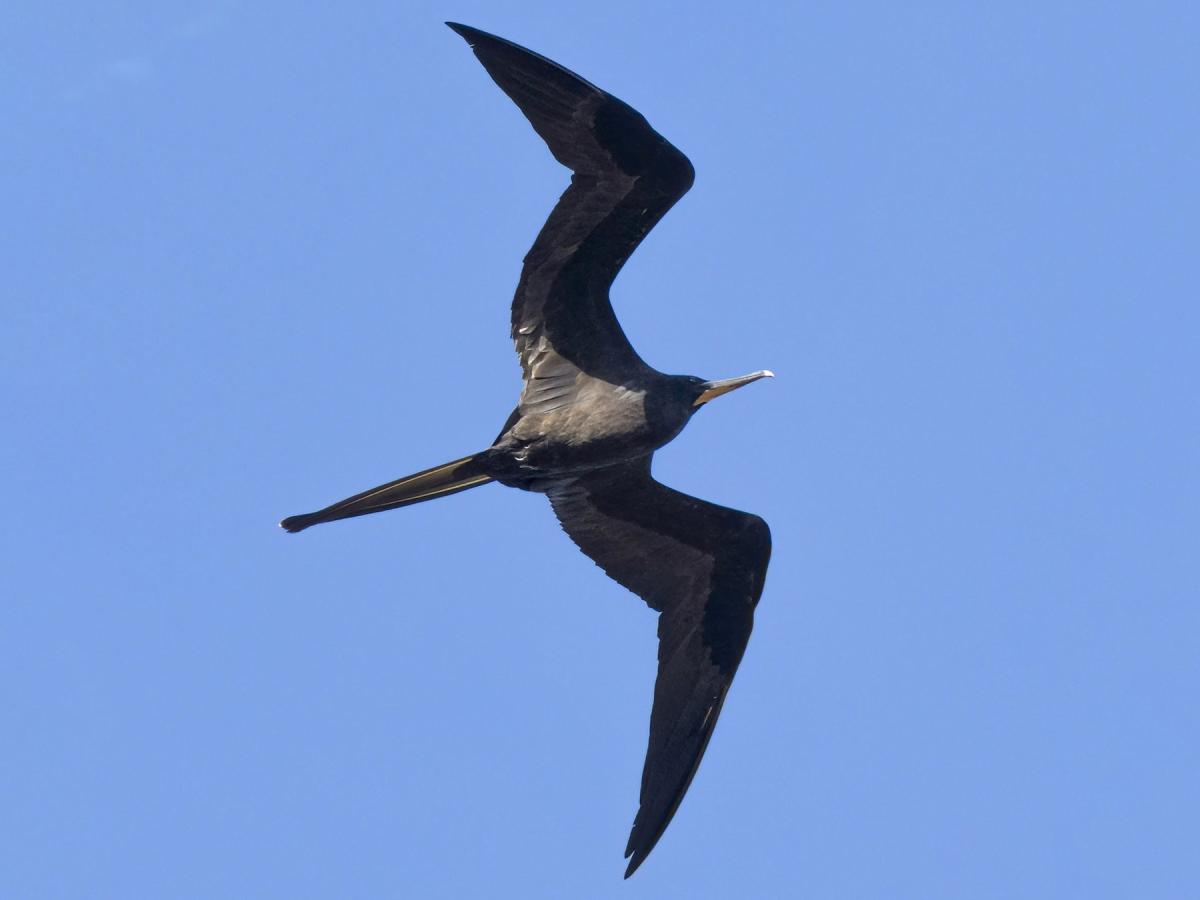
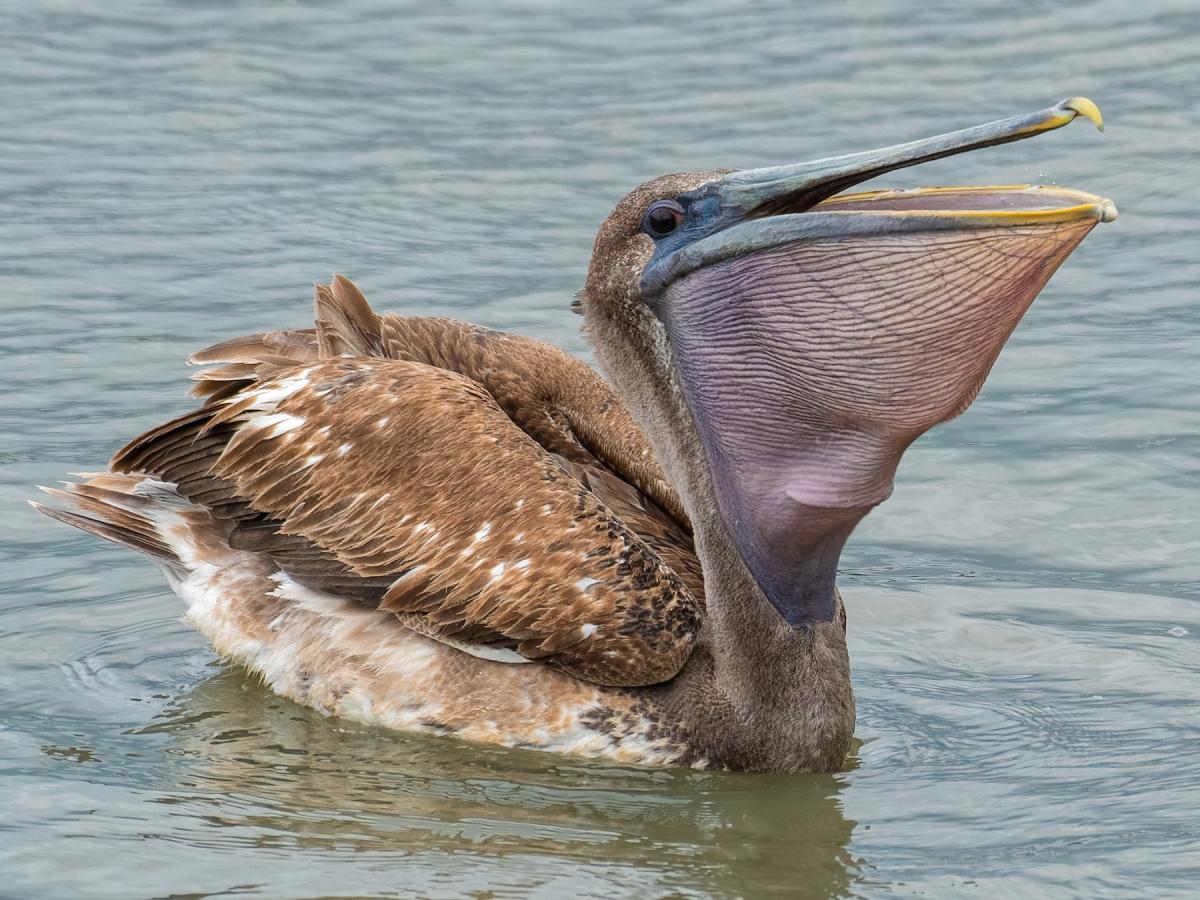
In the Pacific Ocean off the coast of Guanacaste, Costa Rica, you can encounter several species of sea birds. Some of the sea birds you might see include:
Brown Pelicans: These large birds are known for their long bills and large throat pouches, which they use for catching fish. They are often seen diving into the water from the air.
Magnificent Frigatebirds: These birds are known for their distinctive silhouette, with long, pointed wings and deeply forked tails. They are often seen soaring high above the ocean.
Boobies: Both Blue-footed Boobies and Brown Boobies can be found in the waters off the coast of Guanacaste. These birds are known for their clumsy landings and elaborate courtship displays.
Terns: Several species of terns can be found in the region, including Royal Terns and Elegant Terns. These birds are known for their graceful flight and sharp dives into the water to catch fish.
Pelagic Cormorants: These birds are commonly seen perched on rocks or cliffs near the ocean, where they dry their wings after diving for fish.
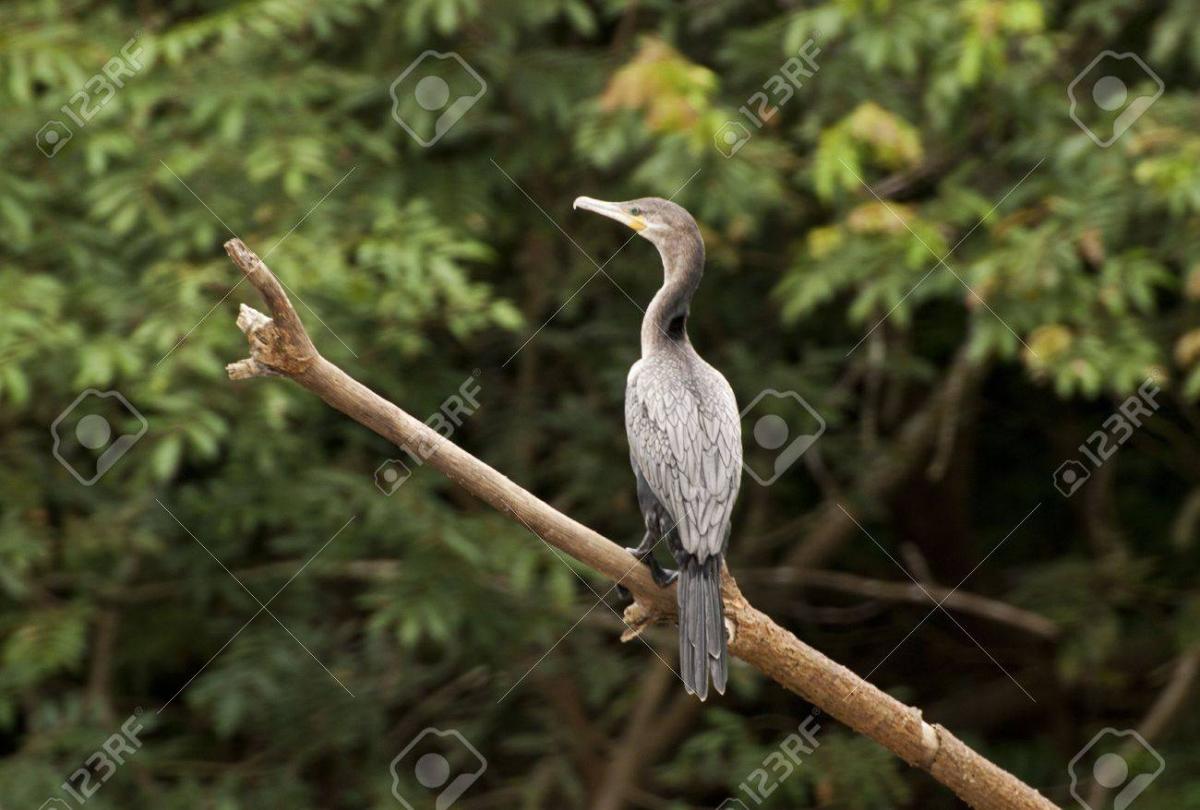
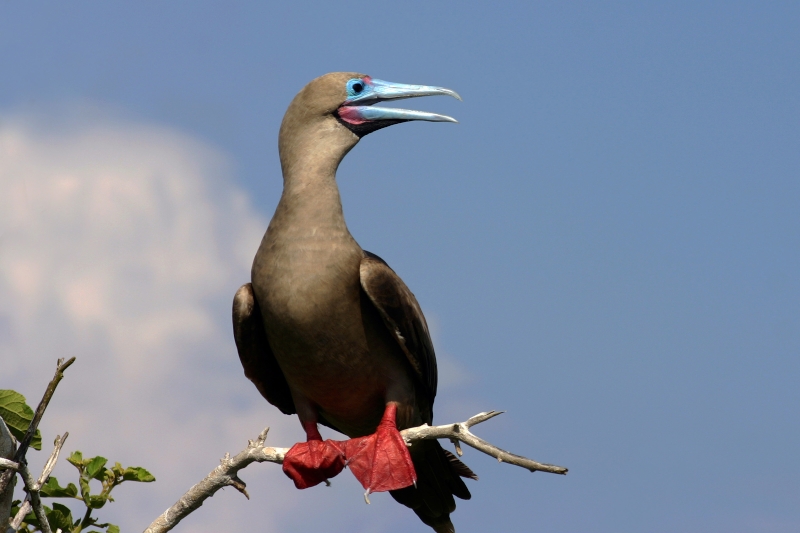
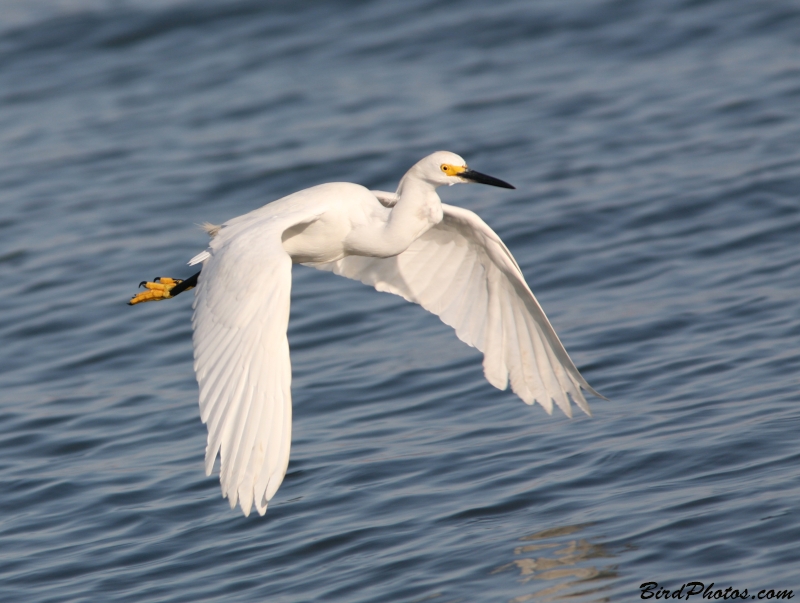
Seagulls: Various species of seagulls can be found along the coast, scavenging for food and riding the ocean breezes.
Herons and Egrets: While more commonly found in freshwater or marshy areas, some species of herons and egrets can also be seen along the coast, hunting for fish in tidal pools and shallow waters.
These are just a few examples of the sea birds you might encounter in the Pacific waters off the coast of Guanacaste, Costa Rica.
Remember to practice responsible tourism and respect the natural habitat of these creatures when observing them in the wild.
Hope to see you here soon,
Michael Mills
Thank you for visiting! Please SUBSCRIBE, FOLLOW, LIKE, SHARE, ADD, COMMENT, why not email or call me too! I offer Playa Hermosa Real Estate, Playa Coco Real Estate, Playa Panama Real Estate and the complete Papagayo Real Estate.
Michael H. Mills - Associate Broker Tres Amigos Realty Group 8867-6929 Local Cell Number
1-877-293-1456 TOLL FREE USA and Canada




